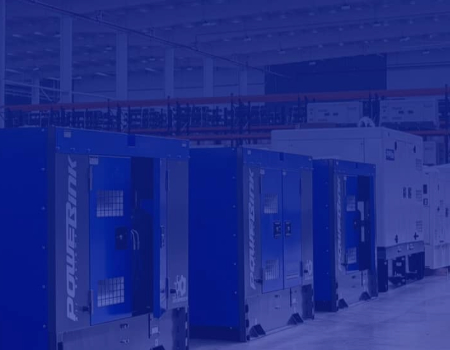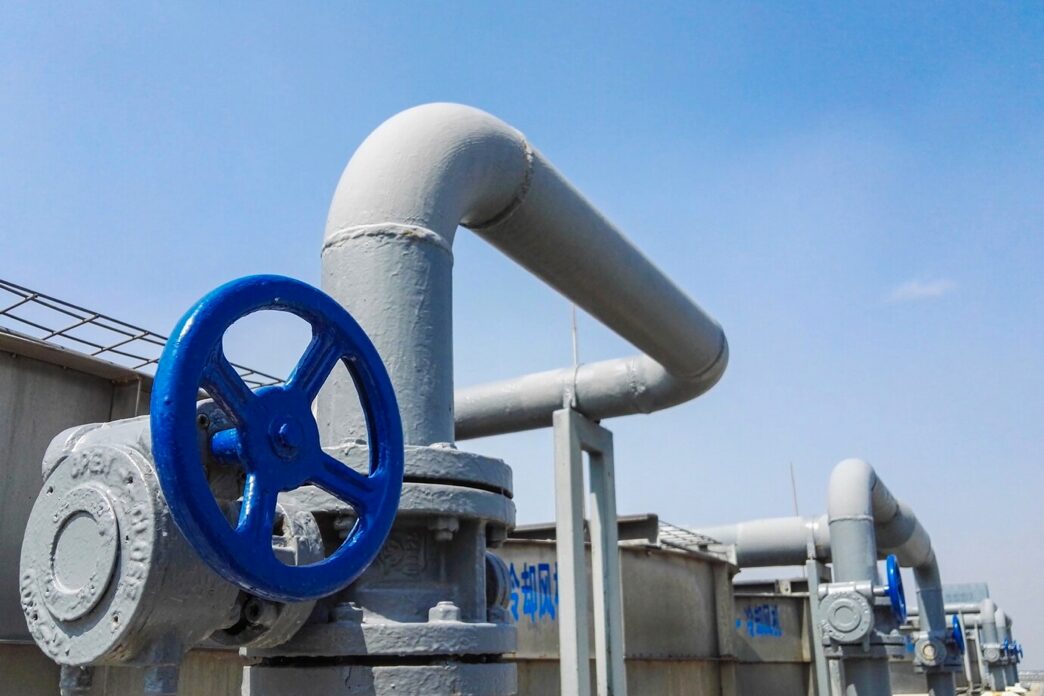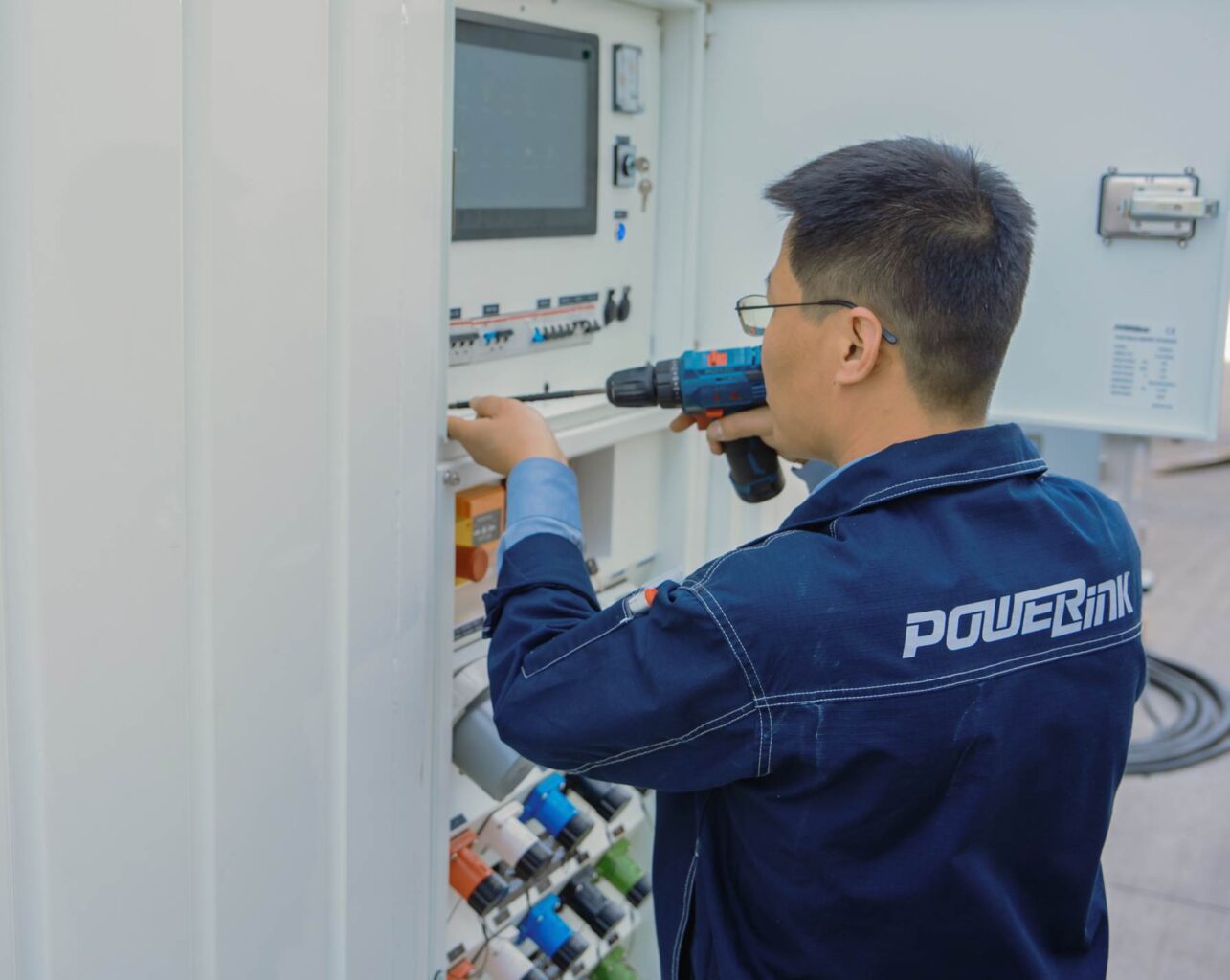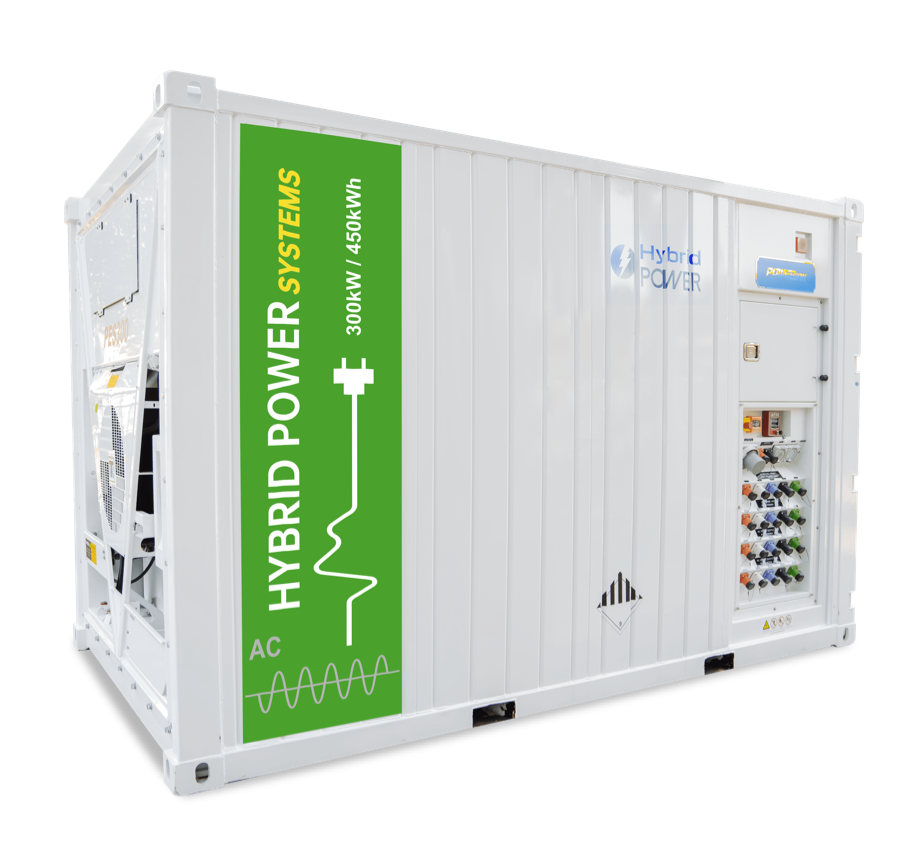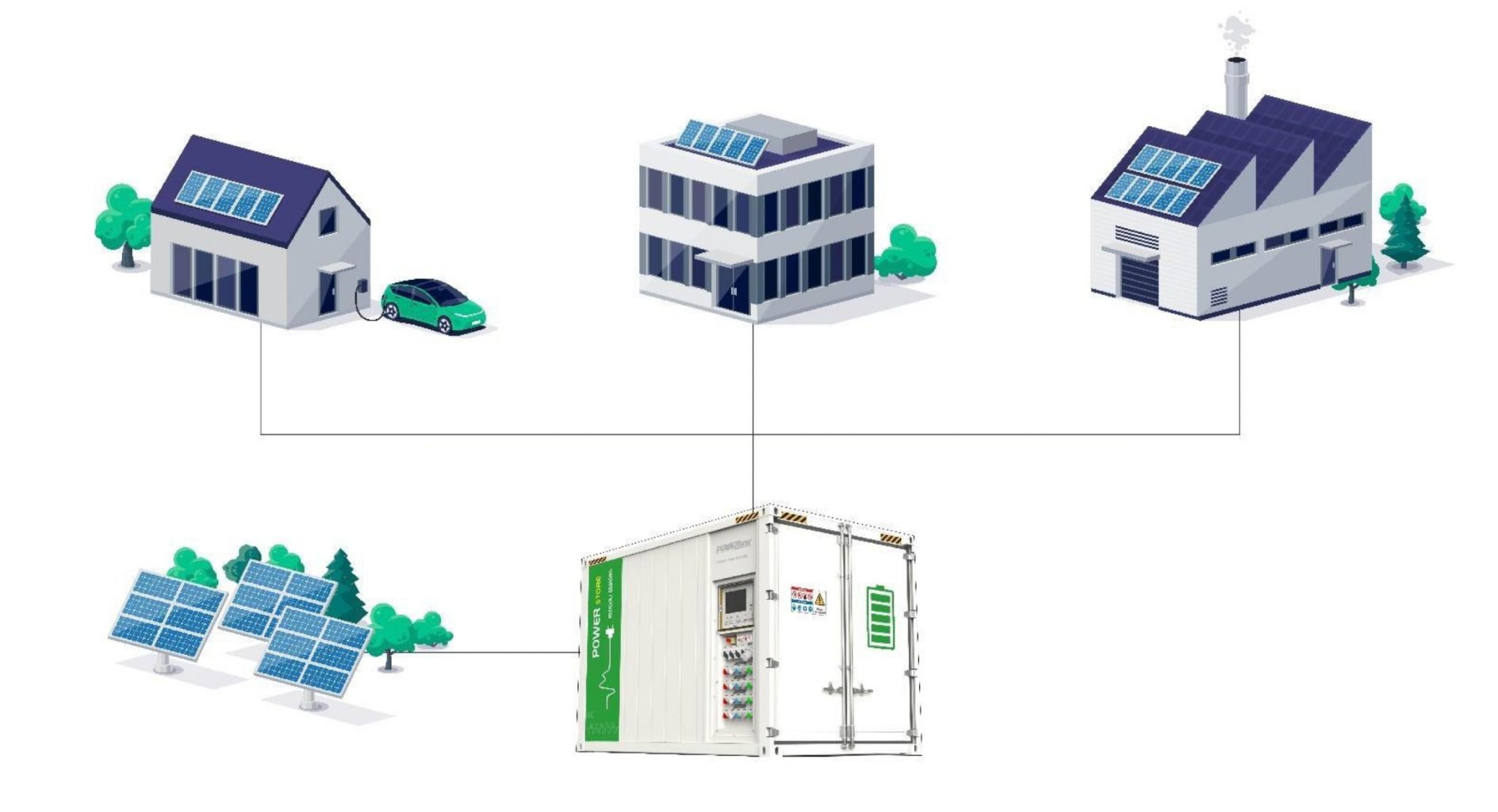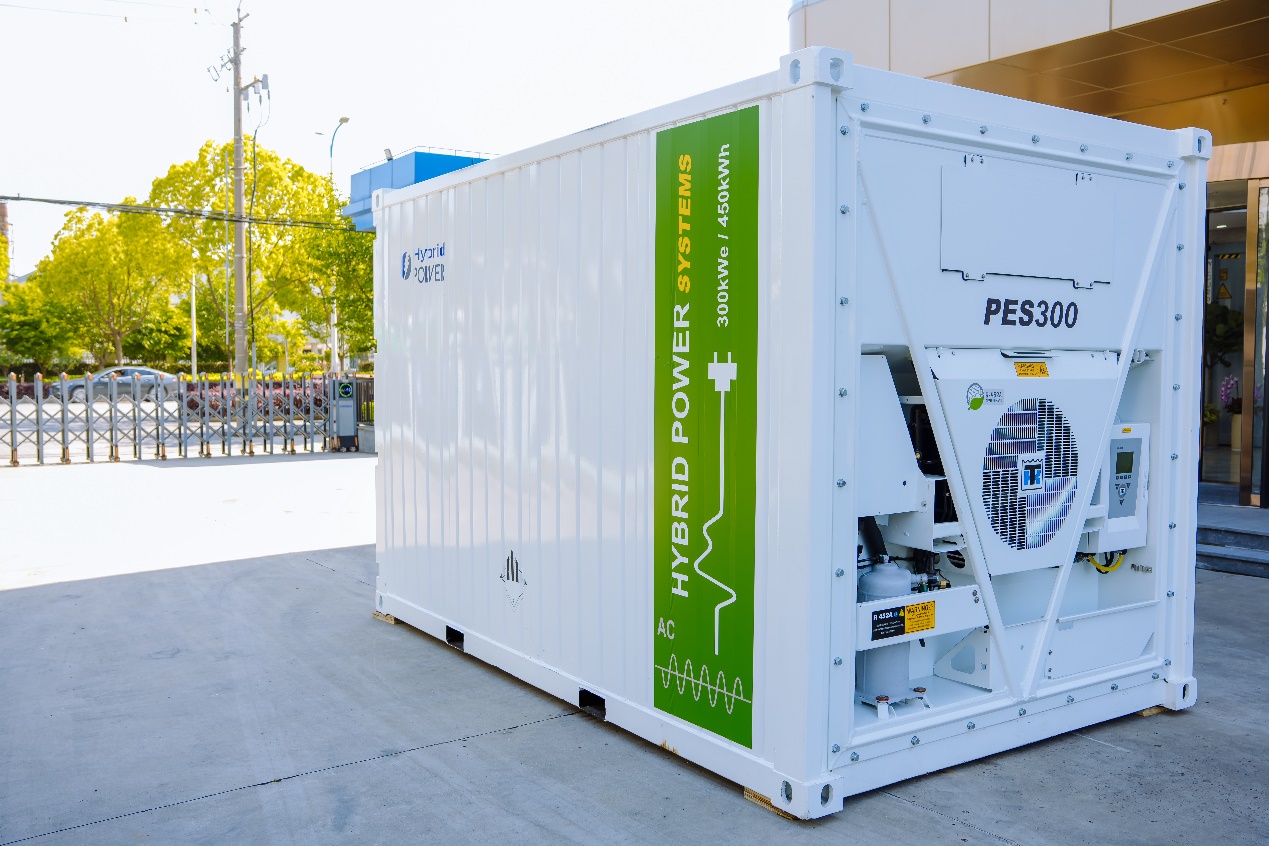Energy Storage Systems and Their Role in Shaping Sustainable Energy Management
The future of energy management is being reshaped by Energy Storage Systems (ESS), and this transformation is especially noticeable in industries like construction. Energy storage technologies are helping businesses optimize energy consumption, reduce costs, and make significant strides in decarbonization efforts.
In this blog, we’ll explore how energy storage systems is revolutionizing energy management, particularly in sectors like construction, while also expanding on the role these systems play in achieving sustainability goals.
What Are Energy Storage Systems (ESS)?
Energy Storage Systems (ESS) are technologies that store energy for later use, allowing for more flexible and efficient management of electrical power. These systems balance supply and demand, ensuring that power is available when needed, regardless of whether it’s generated by renewable sources like solar or wind.
At their core, ESS captures excess energy during low-demand periods and releases it when demand peaks. This helps mitigate grid instability, reduces the need for additional power plants, and enables businesses to cut down on energy costs. Some common types of energy storage systems include:
Lithium-ion Batteries: The most popular ESS technology, known for their high energy density and long life cycle.
Pumped Hydro Storage: A mature technology that stores energy in the form of gravitational potential energy by pumping water to a higher elevation.
Flywheel Energy Storage: Uses rotational kinetic energy to store power and is particularly useful in applications requiring short bursts of energy.
Thermal Storage: Stores energy in the form of heat, which can later be converted into electricity.
Energy Storage in the Construction Industry
Energy storage is becoming a game-changer in the construction industry, particularly as more builders and developers adopt green building practices. Construction sites traditionally consume significant amounts of energy, and with the rising demand for sustainable practices, ESS offers a solution to optimize energy use. Incorporating ESS into building projects provides several advantages:
Enhanced Energy Efficiency: ESS can help optimize energy consumption by storing excess energy produced by on-site solar or wind systems and using it during high-demand times, thus reducing reliance on the grid.
Cost Savings: By using stored energy during peak periods, construction companies can avoid high utility rates, lowering overall energy costs.
Sustainability Goals: Many developers are now prioritizing sustainability, and energy storage is key to reducing carbon footprints. ESS paired with renewable energy systems reduces the environmental impact of construction projects.
Grid Independence: In areas with unreliable power grids, ESS provides a reliable backup, ensuring that construction sites continue to operate smoothly even during power outages.
Powerlink Battery Storage Solutions for Construction Sites
When it comes to robust, reliable, and efficient energy storage, Powerlink’s product range is designed with construction’s unique challenges in mind. Every solution prioritizes safety, scalability, and performance, helping construction sites streamline project timelines while meeting net-zero objectives.
PES100 Energy Storage System
Ideal for smaller or remote construction sites, the PES100 offers:
Optimized for Moderate Loads: Perfect for power tools, site lighting, and moderate machinery.
Cost-Effective and Scalable: Start small and add more units as your site requirements grow.
Reliable Power Supply: Mitigate the risk of outages and improve on-site productivity.
PES200 Energy Storage System
For mid-range construction projects, the PES200 might be the ideal fit:
Enhanced Capacity: Designed for higher energy loads and capable of peak shaving to reduce demand charges.
Renewable Integration: Seamlessly pair with solar arrays or wind turbines to transition toward cleaner energy sources.
Robust Performance: Advanced controls maintain stable power output even in demanding or rapidly changing conditions.
PES300 Energy Storage System
For large-scale, energy-intensive construction sites, the PES300 stands as a premium solution:
High-Capacity Storage: Supports heavy-duty equipment, cranes, and around-the-clock operations.
Peak Demand Reduction: Dramatically lowers costs by storing lower-cost, off-peak energy and using it during high-demand periods.
Long-Duration Storage: Offers extended runtimes to ensure continuous operation even when renewable inputs are limited.
Explore More Battery Storage Solutions
The systems above are just a sampling of Powerlink Energy’s extensive portfolio. We offer a full range of modular and fully integrated solutions designed to meet the rigorous demands of the construction industry. Visit our Battery Storage category to explore innovative products that align with your project’s unique needs.
Global Applications of Energy Storage Systems
Energy Storage Systems (ESS) are rapidly evolving from a niche solution into a vital technology that is reshaping the way energy is generated, stored, and consumed across various industries. The growing adoption of ESS is driven by the need for more efficient, sustainable, and cost-effective energy solutions as the world moves toward cleaner energy practices.
Renewable Energy Integration
One of the most transformative roles of ESS is in renewable energy integration. While renewable sources such as solar and wind provide abundant energy, their intermittent nature—solar power is only available during the day, and wind power fluctuates—presents challenges for maintaining a steady energy supply.
Energy Storage Systems play a critical role in overcoming this challenge by storing excess energy generated during peak production times, like sunny afternoons, and releasing it when production slows, such as during the night. This ensures a more reliable and consistent power supply, making renewable energy sources more dependable and reducing our reliance on fossil fuels.
Commercial and Industrial Applications
Energy storage is becoming an essential part of the energy strategy for businesses across various sectors. In particular, businesses are using ESS to manage the rising costs of energy and to take advantage of the fluctuating electricity prices throughout the day.
By storing energy during off-peak hours, when electricity costs are lower, and using it during periods of higher demand, businesses can achieve significant cost savings. This not only helps reduce operational expenses but also aligns with sustainability goals by reducing a company’s carbon footprint and reliance on grid-supplied energy, especially during peak periods.
ESS also acts as a safeguard against power outages, providing businesses with a backup power supply to avoid costly downtime and disruptions.
Residential Energy Solutions
For homeowners, the adoption of Energy Storage Systems is a key step toward achieving energy independence. With the rise of solar panel installations, many homeowners are now turning to ESS to store excess energy generated during the day and use it in the evening or at night. This reduces reliance on the grid, lowers monthly electricity bills, and enhances energy security by providing backup power during outages.
The increasing popularity of ESS is also supported by government incentives, making these solutions more affordable and accessible. Homeowners are investing in ESS as part of their commitment to sustainable living and the transition to a cleaner, more decentralized energy future.
These technologies also offer long-term benefits, allowing homeowners to become more resilient to energy price fluctuations and power disruptions. As more homeowners adopt ESS, we are seeing a shift toward a more sustainable and self-sufficient approach to energy consumption.
The Future of Energy Storage Systems
As demand for renewable energy increases, Energy Storage Systems (ESS) are rapidly evolving to meet growing needs. Innovations in battery chemistry and storage technologies are enhancing the efficiency, capacity, and affordability of ESS, making them accessible to businesses and homeowners alike.
Powerlink Energy is leading this evolution with cutting-edge ESS solutions tailored to industries like construction and renewable energy. By combining innovative products with ongoing technical support, Powerlink Energy ensures that clients are well-prepared for the future of energy storage, helping them reduce carbon footprints and embrace a greener, more resilient energy future.

